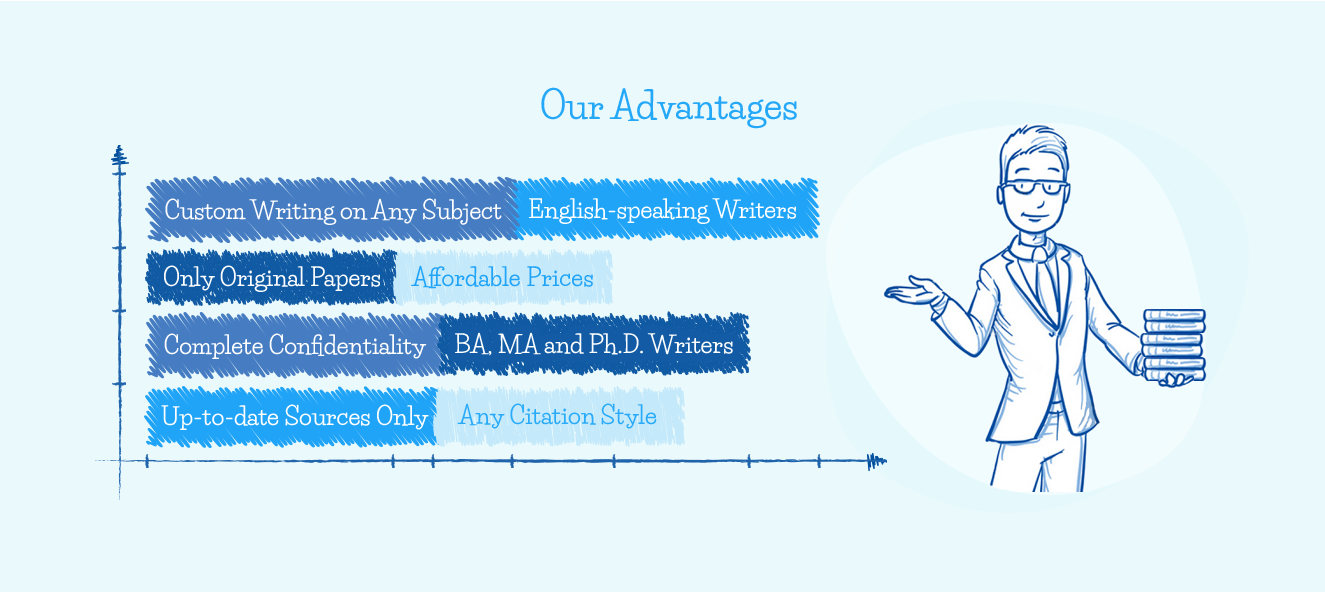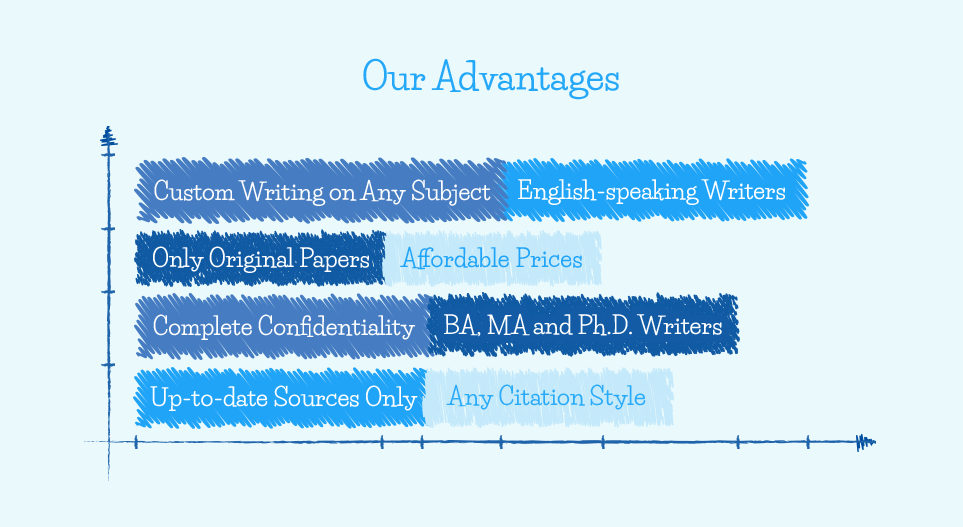Can Cognitive Behavioral Therapy (CBT) Help Adolescents Suffering from depression?
The Rationale for the Question
Depressive disorders in adolescence manifest themselves through various biological and psychological symptoms, including loss of interest and appetite, disturbed sleep, state of sadness, low self-worth, and tiredness (WHO, 2017). The symptoms of depression could be long-lasting and persistent, significantly affecting an individual’s ability to perform intellectual activities and cope with problems in everyday life. Furthermore, depression could lead to suicide in most severe cases (WHO, 2017). According to WHO (2017), approximately 332 million people are suffering from depression worldwide. Moreover, the proportion of people diagnosed with depressive disorder rises each year; starting from 2005 until 2015, this number increased by 18.4%.
Adolescents are a group of young people aged from 10 to 19 who are still intensively developing into adults (WHO, 2015). At this stage of development, youth can have greater negative outcomes caused by depression than people of other age groups (Clarke et al., 2015). Particularly, because of depression, adolescents are at risk of later psychological and mental health problems, substance abuse, academic underachievement, and various social problems. Approximately 40% of adolescents with depression receive treatment and react fully to it, but there is insufficient evidence regarding the effectiveness of these interventions (Rohde, Stice, Shaw, 2014). Thus, cognitive behavioral therapy (CBT) is recognized as the sole medical practice that has a potential treatment effect on depressive disorders (Clarke et al., 2015). Therefore, it is important to clarify how effective is CBT in the struggle against depression in adolescents.
Concerning cultural and contextual factors, WHO (2017) reported that depressive disorder is a more frequent phenomenon among females than males. Poverty, unpredictable life events, physical disabilities, and unemployment are the factors that increase the risk of developing depression. WHO (2017, p. 8) presented data showing that the proportion of depressed people depends on the country where they live. Particularly, the number of people who are suffering from depression is higher in the Pacific and Asia regions.
Evidence Search
Approach to the Search
Electronic databases, including Google Scholar and PubMed, came under systematic scrutiny to find appropriate articles related to adolescents, depression, and CBT. Additionally, the quest for references focused on four search terms, which were as follows: “adolescence,” “depression,” “cognitive behavioral therapy”, and “effective.” The presence of empirical data, relation to all four defined search terms, and citation index became significant aspects of selection criteria. Furthermore, during the selection of articles, it was advisable to find those that presented a comparative analysis of the effectiveness of the use of CBT in adolescents. To determine whether the article meets these criteria, the abstracts of articles underwent a thorough examination. The articles that met the proposed selection criteria were assessed in full text and analyzed in detail.
Results of the Search
In searching results on PubMed, it was possible to find only 581 articles, while the search result on Google Scholar indicated approximately 409,000 entries. The approximate total number of briefly reviewed articles amounted to over 200, among which only 48% were empirical research studies. Roughly speaking, the useful sources that the search yielded constituted 50 articles from the first few pages of the search results.
In terms of limitations of the approach to the search and implications, it is important to note that many articles from the search results did not match the search criteria and did not directly answer the practice question. Numerous articles from the search results only partially covered the practice question. Furthermore, to sort the empirical studies, all found articles underwent independent observation, which was a time-consuming process. Nevertheless, many search results were related to the use of CBT as an approach for the treatment of depression in the adult population. A fewer number of found studies aimed to discover how effective CBT was in treating depression among adolescents. This indicates a significant limitation of this approach to the search because the received results were only partially related to the target of the search.
Critical Appraisal of the Evidence
Quality of the Evidence
The analysis primarily focused on two articles by Brent et al. (2008) and Goodyer et al. (2017) from the search results. Both empirical studies used a well-developed methodological basis for conducting their research. Additionally, both research papers provided a comparison of the CBT effectiveness with other related depression treatment conditions. In their study, Brent et al. (2008) mentioned four treatment conditions with a 2 ? 2 factorial design. This research design allowed us to explore the effectiveness of the CBT approach in comparison with two different methods of medication use. Concerning the study by Goodyer et al. (2017), it appraised the effectiveness of three treatment approaches, including the CBT technique together with short-term psychoanalytic psychotherapy.
The accurate identification of variables and their assessment through measurement instruments are critical and may influence data analysis. In both studies, authors used DSM-IV for the assessment of depression as well as other additional criteria. The sample size in Brent et al. (2008) was lesser and included 334 adolescents, while in Goodyer et al. (2017) research, there were 465 representatives. However, both studies used blinded and random methods to divide participants into groups according to each condition. Concerning the reliability of the received results, both analyzed studies used appropriate methods for statistical analysis.
Referring to the Evidence Hierarchy, both analyzed studies have a high position. Particularly, both journal articles permanently summarized the previous studies and, as a result, accurately defined the key theoretical concepts and further aims of the empirical research. Furthermore, both studies described the multidimensional nature of depression as a phenomenon with various symptoms as well as CBT as a treatment approach to depression. Both research papers included a detailed examination of study variables based on scientific evidence. Concerning sampling design, it had a scientific base for the use of sampling procedures (e.g., blinded and random selection). With the statistical analysis, it is clear that the authors properly defined their variables and explained how they measured them.
Answer to the Practice Question as Suggested by the Evidence
According to the findings, both studies by Brent et al. (2008) and Goodyer et al. (2017) provided evidence that CBT was effective in the treatment of depression among adolescents. However, Brent et al. (2008) and Goodyer et al. (2017) studies did not explore the effectiveness of the use of CBT alone, which does not present ample evidence concerning its positive results. Additionally, Goodyer et al. (2017) discovered that there were no significant differences in treatment effects between the compared groups one year after the experiment. Brent et al. (2008) concluded that CBT together with medication has a greater treatment effect on depression among adolescents. Therefore, both studies do not answer the Practice Question explicitly.
State of the Knowledge
Additionally, it is difficult to determine whether the question has a clear answer because of the design and procedure of both studies. The findings provided in the articles highlighted that CBT was a promising approach to the treatment of depression in adolescents. However, the long-term effects of such intervention do not seem to be significantly effective in comparison with other approaches (Goodyer et al., 2017). Nevertheless, the effectiveness of CBT together with proper medication is evidence-based, and, thus, it is almost impossible to comprehensively answer the Practice Question because the procedure of both studies did not focus on the exploration of the CBT effectiveness as a single approach for treating depression in adolescents.
How it works
Step 1
Visit our website and go to the order formStep 2
Fill in specific essay details in your order description sectionStep 3
Pay for your custom essay and get your order verifiedStep 4
Process of writing your academic assignmentStep 5
Editing and anti-plagiarism checkStep 6
On-time delivery of an already written essayTranslating Evidence into Practice
Practice Decision and Action Supported by the Evidence
The value of effective psychotherapy for the treatment of depression is self-evident, and, hence, the primary task lies in clearly defining the indications and contraindications to its use, as well as establishing its role in the overall treatment of a depressed patient. Since CBT, to varying degrees, and in different forms, applies to the treatment of almost all depressed patients, it is extremely important to define specific forms of psychotherapy and evaluate their effectiveness so that the agency knows whether this costly service brings beneficial results.
Assessing the effectiveness of CBT in the treatment of depression in adolescence is quite difficult. First, the results of treatment ensued from different evaluation criteria. Secondly, despite the participation of the patients in the CBT study, they continued to take antidepressants and used other types of physical therapy, which made it difficult to assess the effectiveness of CBT or its combination with other treatment techniques. Moreover, in the long-term perspective, dependence on medication can indirectly affect the patient’s ability to use their psychological methods to overcome depression, especially among adolescents (Clarke et al., 2015). Therefore, adolescents suffering from this disorder may develop effective ways of overcoming depression and learn to recognize their methods of struggling with mental issues.
Despite the difficulty in assessing the effectiveness of CBT in the treatment of depression, numerous studies have shown good results in its use in both individual and multi-disciplinary approaches, including non-drug therapies. Hence, the agency should take the necessary steps to introduce CBT as an additional option in their current facilities. These steps might include budget planning, procuring funds, finding professionals qualified in the CBT approach, program development, preparation of additional materials and space, as well as advertising the program.

















